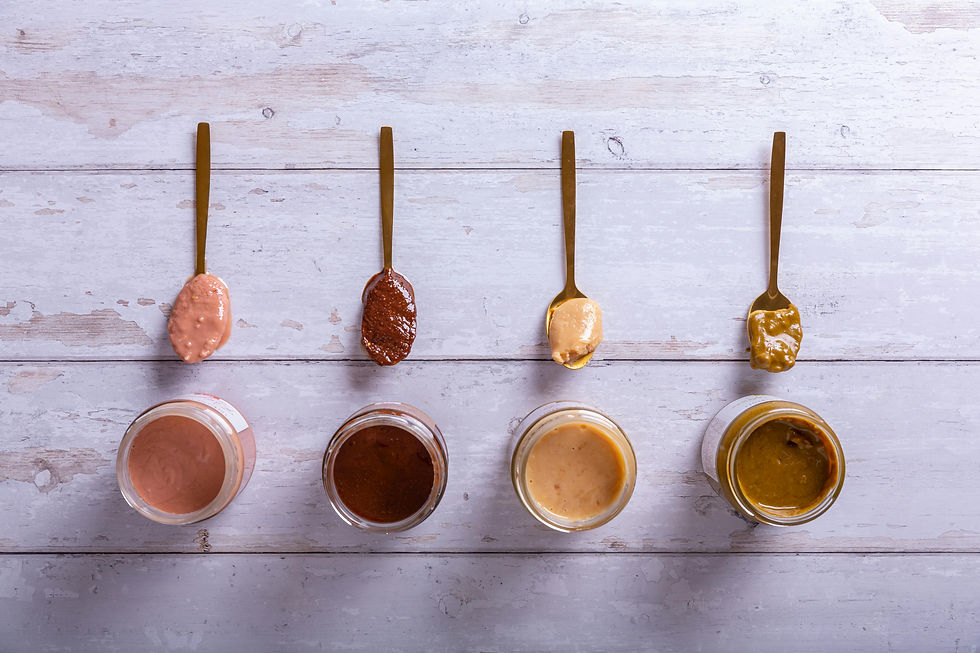Read Food Labels: A Guide to Spotting Additives
- Kushal Nagi
- May 20
- 2 min read
Updated: Aug 18

🧠 Why Reading Food Labels Matters
Whether you're eating for energy, fitness or better health, one of the smartest habits you can adopt is reading ingredient labels. Many products that look healthy at first glance can contain hidden preservatives, emulsifiers and stabilizers that may affect digestion, performance and long-term wellness.
Understanding how to spot these additives gives you more control over what you’re really putting into your body.
🧾 Ingredients List: The First Thing to Check
The ingredients list offers the clearest insight into what’s actually in your food.
🔍 Key Tips:
Ingredients are listed by quantity: The first few dominate the product.
Shorter lists are better: Fewer ingredients often mean less processing.
Learn to recognize additive names: Many sound scientific or unnatural.
🚨 Common Additives to Watch For
Here’s how to identify major additives and what they do:
🧪 Preservatives
Used to extend shelf life and prevent spoilage from bacteria or mold.
Examples:
Sodium Benzoate
Potassium Sorbate
Calcium Propionate
BHA/BHT
🌊 Emulsifiers
Help ingredients like oil and water blend smoothly, often used in processed spreads and protein shakes.
Examples:
Soy Lecithin
Mono- and Diglycerides
Polysorbate 80
PGPR
🧊 Stabilizers & Thickeners
Maintain texture and prevent separation in items like plant-based milks, yogurts.
Examples:
Xanthan Gum
Guar Gum
Carrageenan
Cellulose Gum
📦 Top Ingredients That Signal Processed Food
Reading labels isn’t just about spotting unfamiliar additives. Sometimes, the first few ingredients reveal how processed a product really is.
🚫 Ingredients That Often Indicate Heavily Processed Foods:
High-fructose corn syrup: A red flag for refined sugars.
Hydrogenated oils: Can contain trans fats; commonly used for shelf stability.
Artificial sweeteners: Like aspartame, sucralose or acesulfame potassium.
Refined starches: Including modified corn starch or tapioca starch.
Flavor enhancers: Such as MSG or vague “natural flavors.”
✅ What to Choose Instead:
Whole or minimally processed ingredients (e.g., oats, almonds, chickpeas)
Natural sweeteners like honey, dates or maple syrup
Healthier oils like olive oil or avocado oil
Products with short, recognizable ingredient lists
✅ Clean Label Shopping Tips
Read labels before buying, not just after: It's the simplest way to know exactly what's in your food.
Stick to shorter ingredient lists: The fewer the ingredients, the cleaner the product tends to be.
Compare brands: Two similar products may have very different additive profiles.
Look for certifications such as:
Organic
Non-GMO
No Artificial Preservatives / Additives
💬 Final Thoughts: Know What You're Putting Into Your Body
Additives aren’t always harmful but understanding them helps you make smarter decisions. If you’re committed to clean eating, fitness or gut health, learning to read food labels is one of the most effective habits you can build.
Looking for foods with simple, clean ingredients?
Explore Gridwrk clean-label products and make every bite count toward better health.

Comments